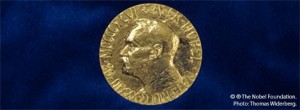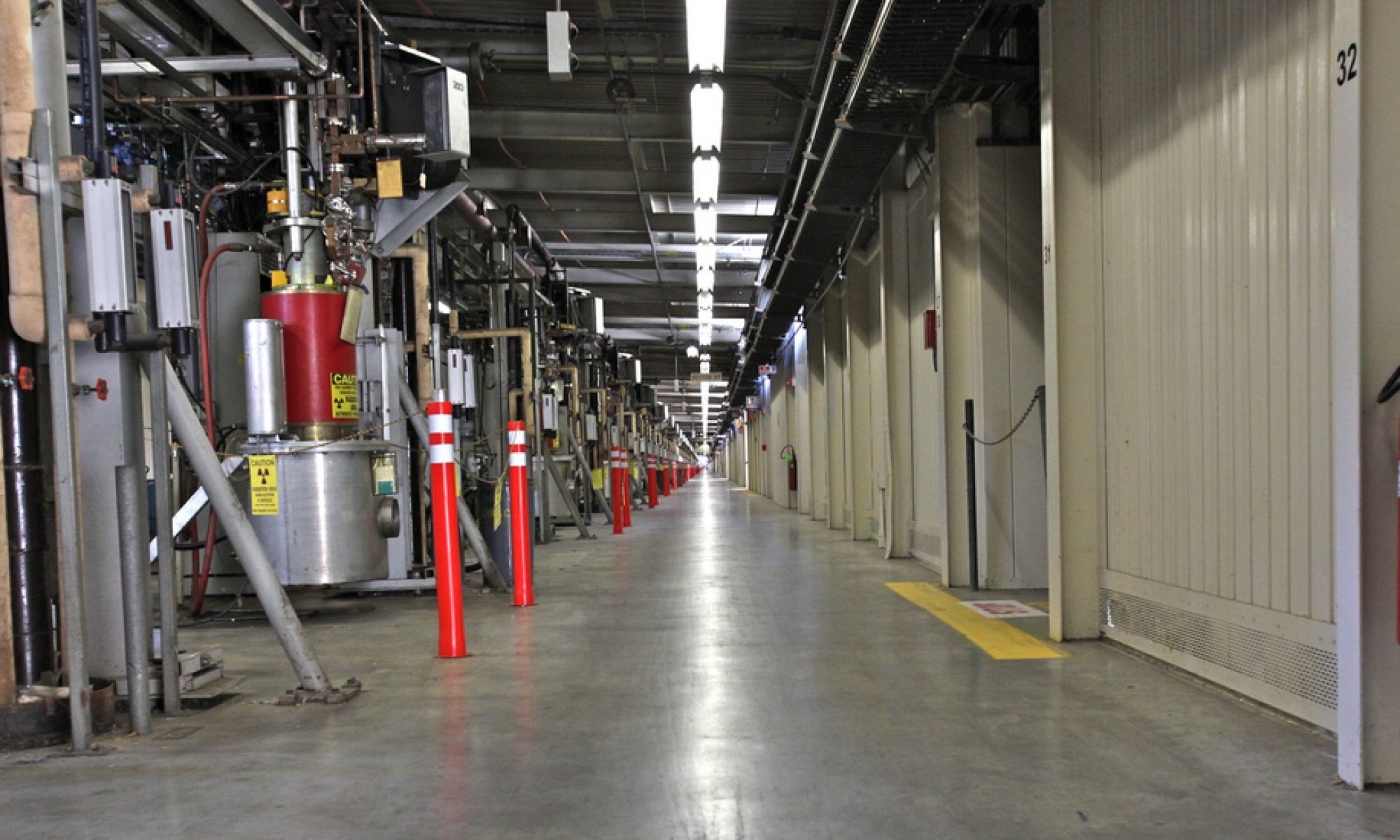
I’m not normally an avid fan of the Nobel Prize in Physics announcement. This year may be a little different. It’s possible that this is the year that the prize is awarded for the prediction that the mechanism of spontaneously broken Electroweak Symmetry necessarily leads to a new subatomic particle in nature (the Higgs Boson). There is no guarantee that the Nobel Prize committee will go this way; it’s their decision. However, given the tremendous experimental effort over the past 2 years that identified a new boson with a mass of 126 GeV, and that has now determined its properties to be consistent with the Higgs Boson hypothesis, it’s a good contender for the prize.
So I’ll be waking up early this Tuesday to wait for the announcement. You can look for it on the Nobel Prize website (http://www.nobelprize.org/). Presently, we are 37 hours from the announcement of the Medicine/Physiology Prize on Monday. After that, on Tuesday, at 11 am CET (at the earliest), we can expect the physics prize announcement.
The last time that a prize was awarded for a theoretical prediction confirmed by the experimental efforts of two large collaborations, it was the prize in 2008 for “for the discovery of the mechanism of spontaneous broken symmetry in subatomic physics”, and “for the discovery of the origin of the broken symmetry which predicts the existence of at least three families of quarks in nature”(http://www.nobelprize.org/nobel_prizes/physics/laureates/2008/). The prize was awarded to physicists Yoichiro Nambu, Makoto Kobayashi, and Toshihide Maskawa. However, in the prize announcement, the massive experimental effort required to verify their predictions was mentioned. “As late as 2001, the two particle detectors BaBar at Stanford, USA and Belle at Tsukuba, Japan, both detected broken symmetries independently of each other,” said the committee in their press release.
I would expect that, should the prize be awarded for the successful prediction that spontaneously broken symmetry yields mass for the fundamental gauge bosons, and in doing so necessitates the existence of another gauge boson (the Higgs), that the ATLAS and CMS collaborations will be similarly cited. Either way, Tuesday is going to be very interesting.

